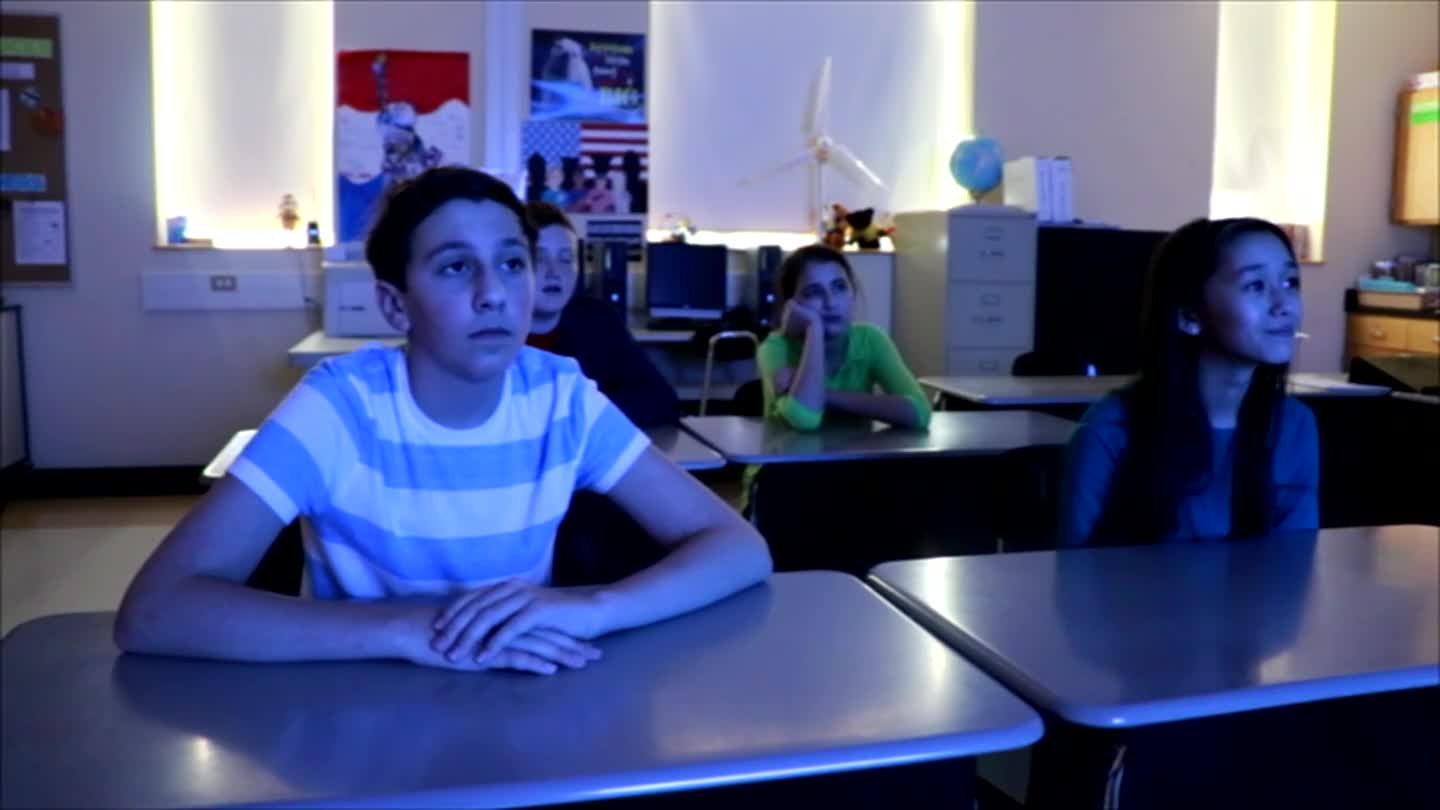
Introduction
Flexibility is a crucial skill for students to develop, as it enables them to adapt to changes and navigate challenging situations with ease. In this blog post, we will explore an engaging no-prep activity that educators can use to teach flexibility, along with discussion questions and related skills that will help students become more adaptable and resilient in their everyday lives.
No-Prep Activity
One effective no-prep activity to teach flexibility is the “Change of Plans” game. Here’s how it works:
- Divide the class into small groups of 3-4 students.
- Ask each group to come up with a plan for a fun activity or project they would like to do together.
- Give the groups a few minutes to discuss and finalize their plans.
- Once the groups have their plans, announce that there has been a change of circumstances and they must modify their plans accordingly. For example, if a group planned a picnic, you could tell them it is now raining and they need to adjust their plans to accommodate the weather.
- Give the groups a few more minutes to discuss and come up with a new plan that takes the change into account.
- Finally, have each group present their original plan and their revised plan to the class. Discuss how they adapted their plans and what they learned about flexibility during the process.
This activity helps students practice flexibility by requiring them to adapt their plans to unexpected changes. It also encourages teamwork and communication, as students must work together to come up with new solutions.
Discussion Questions
After completing the “Change of Plans” activity, use these discussion questions to encourage further reflection and conversation about flexibility:
- How did you feel when you were asked to change your original plan? What emotions or thoughts came up for you?
- What strategies did your group use to adapt your plan to the new circumstances? Were some strategies more effective than others?
- Can you think of a time when you had to be flexible in your own life? How did you handle the situation, and what did you learn from it?
- Why is flexibility important in our daily lives? How can being flexible help us navigate challenges and setbacks?
- How can we practice and improve our flexibility skills? What are some ways to become more adaptable and open to change?
Related Skills
In addition to flexibility, there are several other related skills that can help students become more resilient and adaptable in their everyday lives. Some of these skills include:
- Problem-solving: Being able to analyze a situation, identify potential solutions, and implement an effective course of action.
- Communication: Expressing thoughts, feelings, and ideas clearly and effectively, as well as listening actively to others.
- Emotional regulation: Managing and controlling emotions in response to challenging or unexpected situations.
- Empathy: Understanding and sharing the feelings of others, which can help build strong relationships and foster collaboration.
Next Steps
Now that you have learned about teaching flexibility through the “Change of Plans” activity, discussion questions, and related skills, you can begin to incorporate these strategies into your classroom or educational setting. To further support your students’ social-emotional learning, sign up for free sample materials that cover a wide range of skills and topics. By fostering a strong foundation in flexibility and other essential skills, you can help your students thrive in their personal, academic, and social lives.

